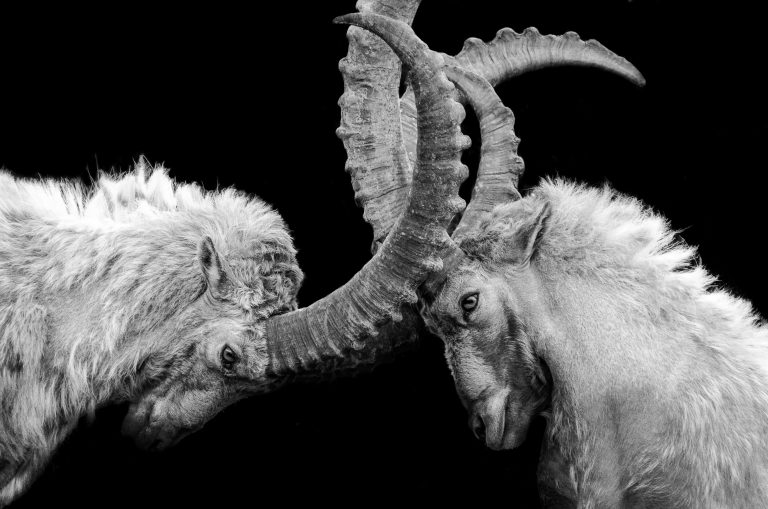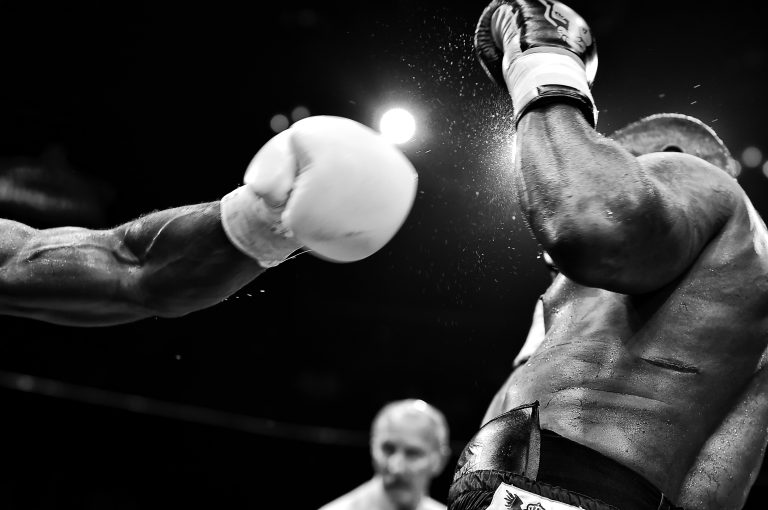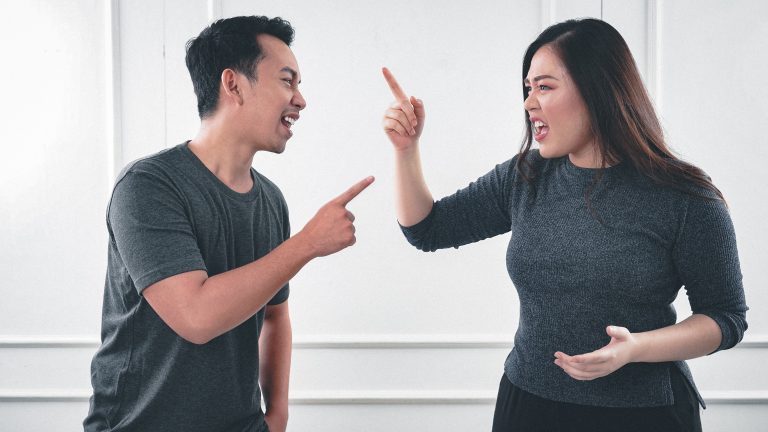Why Was Karate Invented?
Karate is a popular form of martial arts that originated in Okinawa, Japan. This traditional Japanese martial art dates back to the Ryukyu Kingdom period in the 19th century. The main goal of Karate is to achieve perfection of character through self-defense, physical health, and mental well-being. But why was Karate invented in the first place?
There are several theories about why Karate was invented, but the most widely accepted theory is that it was developed as a means of self-defense by the people of Okinawa. During the Ryukyu Kingdom, Okinawa was subject to invasions by neighboring countries, including China and Japan. The Okinawan people were not allowed to possess weapons, so they developed Karate as a means of self-defense.
The Roots of Karate
To understand the origins of Karate, we need to look at the history of Okinawa. The Ryukyu Kingdom was a small independent kingdom that was located south of Japan and east of China. The kingdom consisted of a group of islands, and Okinawa was the largest and most populous island. In the 14th century, the Ryukyu Kingdom had close cultural ties to China, and they adopted many aspects of Chinese culture, including martial arts.
During this time, the Okinawan people developed a unique form of martial arts that blended elements of Chinese martial arts with their own indigenous martial arts. This martial art was originally called „Tode“ or „China Hand.“ Over time, Tode evolved into Karate, which means „empty hand“ in Japanese.
The Development of Karate
During the 19th century, Okinawa was annexed by Japan, and the practice of Karate was banned. However, Karate continued to be practiced in secret. In 1922, Gichin Funakoshi, an Okinawan Karate master, introduced Karate to Japan. He changed the name of Karate from „Chinese hand“ to „empty hand“ to make it more acceptable to the Japanese people.
Funakoshi’s goal was to popularize Karate and promote it as a form of physical and mental exercise. He believed that Karate was not just a means of self-defense but also a means of developing a strong mind and body. Today, Karate is a popular sport that is practiced all over the world, and it is recognized as an Olympic sport.
The Philosophy of Karate
Karate is more than just a physical exercise; it is also a philosophy that emphasizes mental and spiritual development. The three main components of Karate are kihon (basics), kata (form), and kumite (sparring). Each of these components helps practitioners develop physical strength, speed, and agility, as well as mental focus, discipline, and determination.
The philosophy of Karate is based on the concept of „karate-do,“ which means „the way of Karate.“ Karate-do emphasizes the development of character, as well as physical and mental health. Practitioners of Karate are encouraged to develop a strong sense of discipline, respect, and humility.
The Benefits of Practicing Karate
There are many benefits to practicing Karate. For one, it is an excellent form of exercise that can improve cardiovascular health, strength, and flexibility. Karate also helps develop mental and emotional strength, including focus, discipline, and self-esteem.
Moreover, Karate is a great way to relieve stress and anxiety. Karate practitioners often report feeling more relaxed and less anxious after a Karate class.
The Origins and Development of Karate
Karate is a popular martial art that originated in Okinawa, Japan, during the Ryukyu Kingdom era. The founding principles of karate can be traced back to India’s ancient martial arts practice, especially the Hindu-Buddhist monk Bodhidharma’s Shaolin boxing methods. Karate techniques have evolved over the years, and the art has become popular worldwide, with millions of practitioners.
However, despite its popularity, there is still some confusion surrounding karate’s origins and development. In this article, we will address some of the most frequently asked questions about the subject.
1. Why was karate invented?
Karate was developed as a form of self-defense in Okinawa, a small island in Japan. At the time, the region was under constant attack from pirates and other violent intruders, and the people were unable to defend themselves effectively. To survive, the people of Okinawa developed a form of martial arts with movements inspired by nature that allow one to protect oneself without weapons.
Karate techniques were created over a period of several centuries, beginning in the 1300s, by Okinawans who were attempting to protect themselves from invading Japanese and Chinese soldiers. These techniques were passed down orally from generation to generation and refined over time.
2. What is the meaning of „karate“?
The term „karate“ comes from two Japanese words: „kara“ and „te.“ „Kara“ means „empty,“ while „te“ means „hand.“ Thus, „karate“ literally means „empty hand.“
The phrase „empty hand“ refers to the fact that karate does not involve weapons or other tools. Instead, practitioners use their hands, feet, and other body parts to defend themselves.
3. Who invented karate?
Karate was not invented by any one individual. Instead, it evolved over several centuries, beginning in the 1300s in Okinawa. Various Okinawan masters refined the techniques over time, adding to the knowledge passed down to them by previous generations.
Some notable figures in the history of karate include Itosu Anko, Gichin Funakoshi, and Chojun Miyagi. These masters were instrumental in spreading the practice of karate, and their teachings continue to influence modern karate today.
4. What are the benefits of practicing karate?
There are many benefits to practicing karate, both physical and mental. Physically, karate can help improve one’s strength, flexibility, balance, and coordination. It can also be a great form of cardiovascular exercise.
Mentally, karate teaches discipline, focus, and self-control. It can also help build confidence and self-esteem, and provide an outlet for stress and anxiety.
5. Is karate a sport or a martial art?
Karate can be both a sport and a martial art. In a competitive setting, karate is practiced as a sport, with rules governing the techniques and conduct of the competitors. In a more traditional setting, however, karate is considered a martial art, focused on self-discipline, self-defense, and personal growth.
How to Understand Why Karate Was Invented: A Step-by-Step Guide
Karate is a Japanese martial art that has become popular all over the world. However, despite its widespread popularity, many people are still curious about the origins of karate and the reasons behind its invention. In this guide, we will explore why karate was invented and the steps you can take to understand its history.
Step 1: Learn About Okinawa
The birthplace of karate is the small island of Okinawa located in southern Japan. Okinawa has a rich cultural history, which has been shaped by its geographical location and its interactions with other cultures. To understand why karate was invented, it is essential to learn about Okinawa’s history, traditions, and values. Some notable aspects of Okinawan history include:
- The Ryukyu Kingdom: Okinawa was once an independent kingdom known as Ryukyu. The Ryukyu Kingdom established trade routes with China and other Southeast Asian countries, which brought new ideas and technologies to the island.
- Chinese Influence: Because of its proximity to China, Okinawa was heavily influenced by Chinese culture. Okinawan martial artists studied Chinese martial arts, which later developed into karate.
- Samurai Rule: In the late 1600s, Okinawa became part of Japan and came under samurai rule. The samurai banned weapons on Okinawa, which led to the development of unarmed self-defense techniques.
Step 2: Study the History of Karate
The history of karate is complex and varied, with many different styles and traditions. To understand why karate was invented, it is essential to study the history of karate in depth. Some key historical events that helped to shape karate include:
- The Development of Okinawan Martial Arts: Okinawan martial arts, which later evolved into karate, were heavily influenced by Chinese martial arts. The Okinawans adapted Chinese martial arts to suit their own needs and created unique, unarmed self-defense techniques.
- The Introduction of Karate to Japan: In the early 1900s, karate was introduced to Japan, where it was further developed and refined. Japanese martial artists created new styles of karate that emphasized sport rather than self-defense.
- The Spread of Karate Worldwide: After World War II, karate spread all over the world, and many different styles and traditions emerged. Today, karate is practiced by millions of people worldwide.
Step 3: Consider the Philosophical and Spiritual Aspects of Karate
Karate is not just a martial art; it is also a way of life. To understand why karate was invented, it is essential to consider the philosophical and spiritual aspects of the art. Some key concepts in karate include:
- Bushido: Bushido is a Japanese term that means „way of the warrior.“ It is a code of conduct that emphasizes honor, courage, and discipline. Many karate practitioners follow the principles of bushido.
- Ki: Ki is a term used in Japanese martial arts to refer to the energy or spirit that flows through all living things. Karate practitioners learn to harness their ki and use it to improve their techniques and achieve their goals.
- Zen Buddhism: Many karate practitioners also study Zen Buddhism, which emphasizes meditation, self-awareness, and mindfulness.
Step 4: Explore the Different Styles of Karate
Karate has many different styles, each with its own unique techniques, forms, and philosophies. To develop a deeper understanding of karate, it is essential to explore the different styles and find the one that resonates with you. Some popular styles of karate include:
- Shotokan: Shotokan is one of the most popular styles of karate in the world. It emphasizes strong, linear movements and a powerful punch.
- Goju-ryu: Goju-ryu is a style of karate that emphasizes circular movements and close-range techniques.
- Shito-ryu: Shito-ryu is a blend of several different styles of karate and emphasizes fluid, graceful movements and versatility.
Step 5: Practice Karate
The best way to understand why karate was invented is to practice the art yourself. Karate requires hard work, discipline, and dedication, but it is also a rewarding and fulfilling experience. By practicing karate, you will gain a deeper understanding of its history, philosophies, and techniques. You will also develop important life skills such as self-confidence, self-discipline, and respect for yourself and others.
In conclusion, karate was invented for many different reasons, including self-defense, physical fitness, and spiritual development. To understand why karate was invented, it is essential to study its history, philosophies, and techniques in depth. By following the steps outlined in this guide, you can develop a deeper understanding of karate and gain the many benefits that come with practicing this ancient martial art.
Inhaltsverzeichnis






